Last Updated
The Dominican Republic is experiencing a heatwave this week as dust from the Sahara desert reaches the island causing drier and warmer weather. According to a notice by the national meteorological service (Onamet) issued on Friday, the amount of sand will intensify over the next 48 hours. With temperatures of up to 95 degrees Fahrenheit, the hot weather is expected to continue throughout the weekend, although localized rainfall may occur.
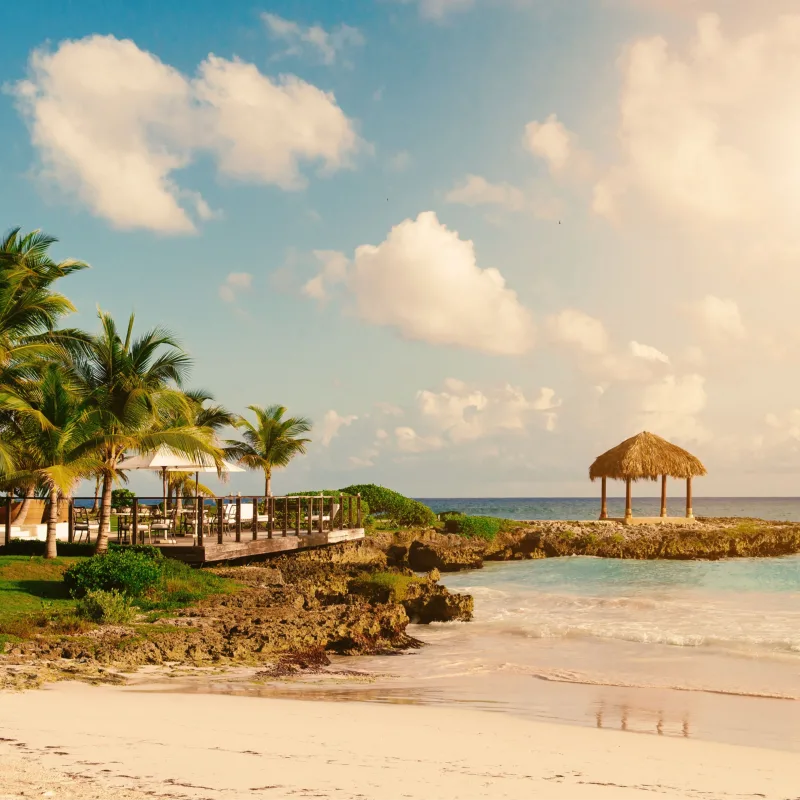
The above-average temperatures recorded on the sunny island over the past few days will intensify over the weekend. The hot temperatures are made worse by dust particles and dry air from the Sahara desert. The sand dust first reached the Dominican Republic on Wednesday, but the quantities have since then increased. The meteorological phenomenon is associated with higher temperatures and less rain. Combined with warm winds from the southeast, temperatures are expected to remain in the upper range for some time.
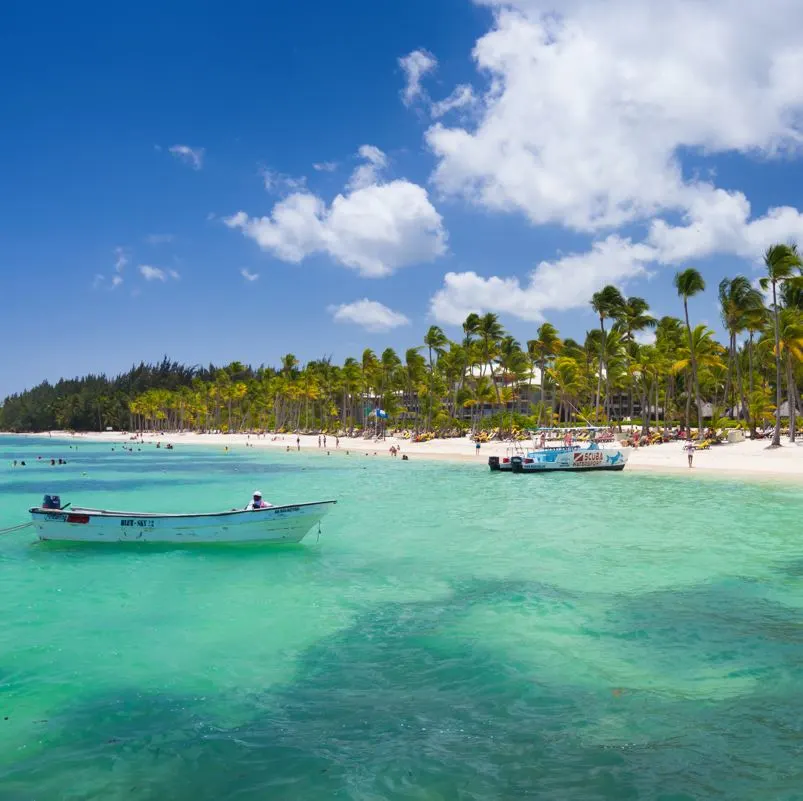
According to Gloria Cabllaos, the head of the country’s meteorological service Onamet, the coastal zones in the country could see temperatures of up to 95 degrees Fahrenheit over the weekend. Meanwhile, the temperature sensation can be even higher, up to 104 degrees Fahrenheit.
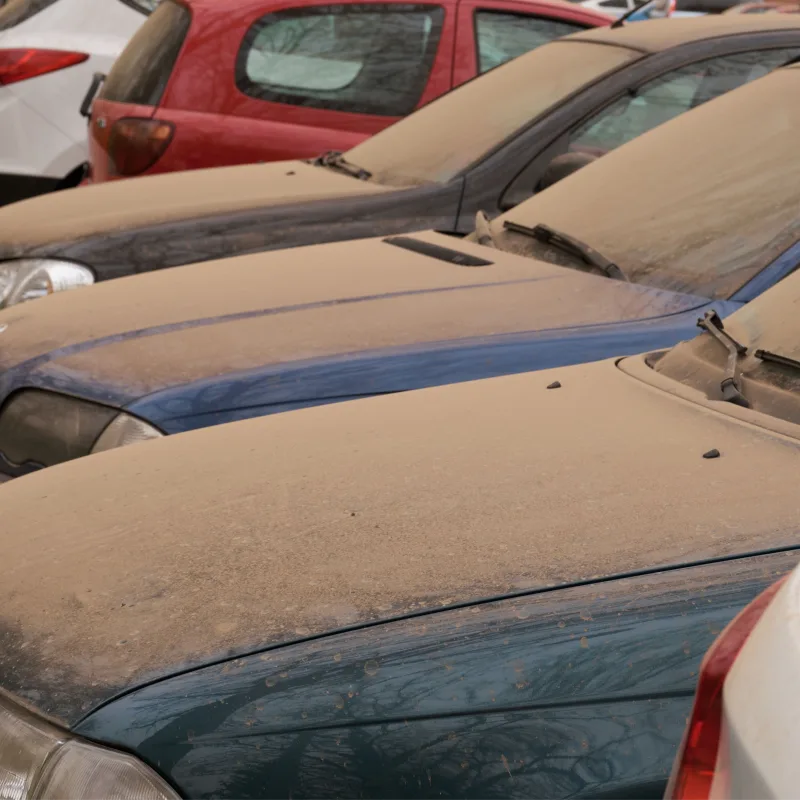
The highest temperatures occur from 11 AM until 4 PM, and residents are advised against spending too much time in the sun during that period. On Sunday, the northeast, northwest, and southeast, including the capital Santo Domingo, may experience rainfall as well as strong winds.
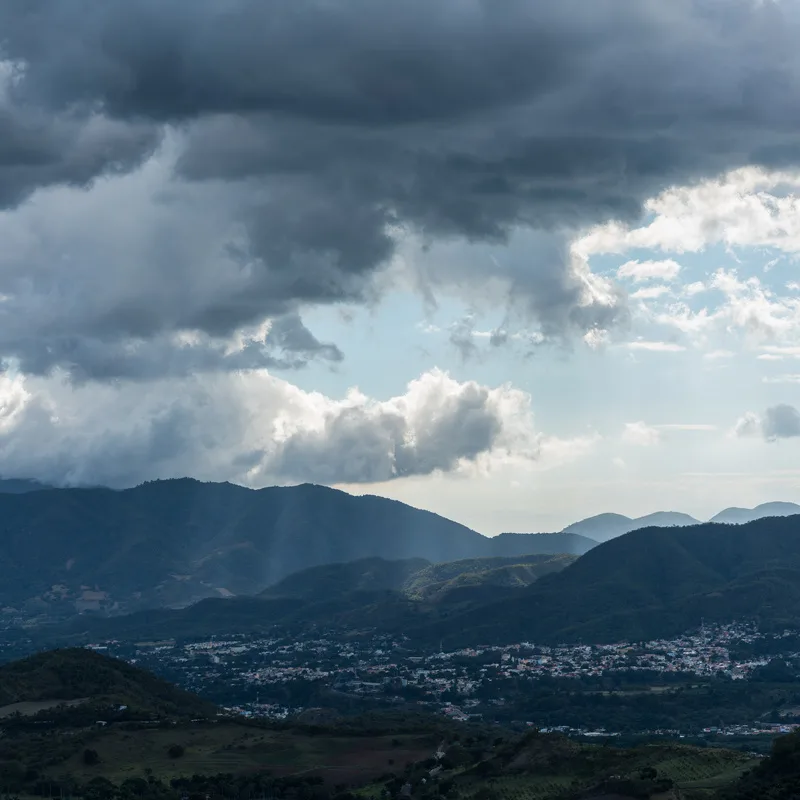
The temperatures in the country are above average for this time of the year, with highs between 84 and 87 degrees Fahrenheit, and evening lows of 71 and 77 degrees. As the number of sand particles in the air increase, so will temperatures. Current estimations predict that the phenomenon will persist until September, although in varying amounts. As the Dominican Republic inches closer to the summer season, set to begin on the 21st of June, higher temperatures will most likely persist over the next month.

Meteorologists from the country’s weather service have said that the arrival of dust from the Sahara is also linked to the beginning of the tropical storm season, which officially begins on 1 June. This year’s hurricane season is also expected to be unusually strong, with up to 20 tropical storms and several hurricanes forecast for the Caribbean region. So far, however, there have not been any unusually strong tropical storms reported in the Dominican Republic.

Visitors should also be aware of health-related risks related to the ingestion of sand particles. According to the country’s weather service, dust particles in the air can cause allergic reactions in some people. As air quality decreases over the next few days, visitors should be aware of irritation to the skin as well as irritability to the eyes. Officials have recommended that allergy-prone people use face masks to avoid unpleasant symptoms. If the sand mixes with rain, it can lead to a sticky sensation on the skin. Although occurring yearly, it is a good idea to routinely check the levels of sand particles in the air when planning outdoor activities.
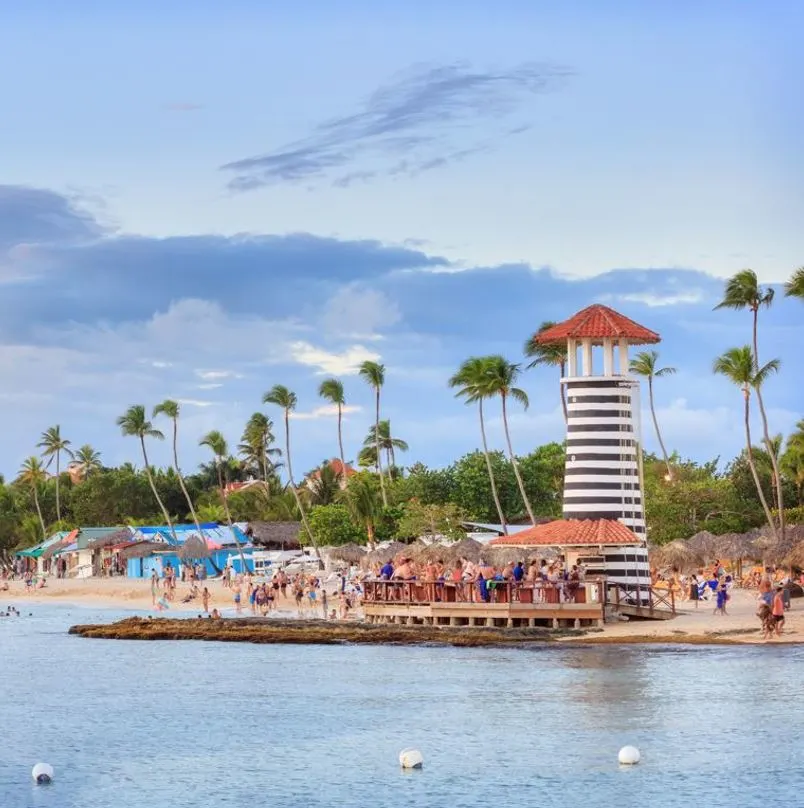
The maritime conditions are expected to remain stable, which means that boats and other recreational activities can be enjoyed. This is good news for visitors that would like to head to one of the Dominican Republic’s many beautiful tropical islands, which contain some of the country’s most stunning beaches. Bayahíbe is the main departure point for Saona island, and the area has recently announced measures to improve speed boat safety.
Plan Your Next Dominican Republic Vacation:
Traveler Alert: Don’t Forget Travel Insurance For Your Next Trip!
Choose From Thousands of Dominican Republic Hotels, Resorts and Hostels with Free Cancellation On Most Properties
↓ Join the community ↓

Subscribe to our Latest Posts
Enter your email address to subscribe to Dominican Republic Sun’s latest breaking news affecting travelers, straight to your inbox.
